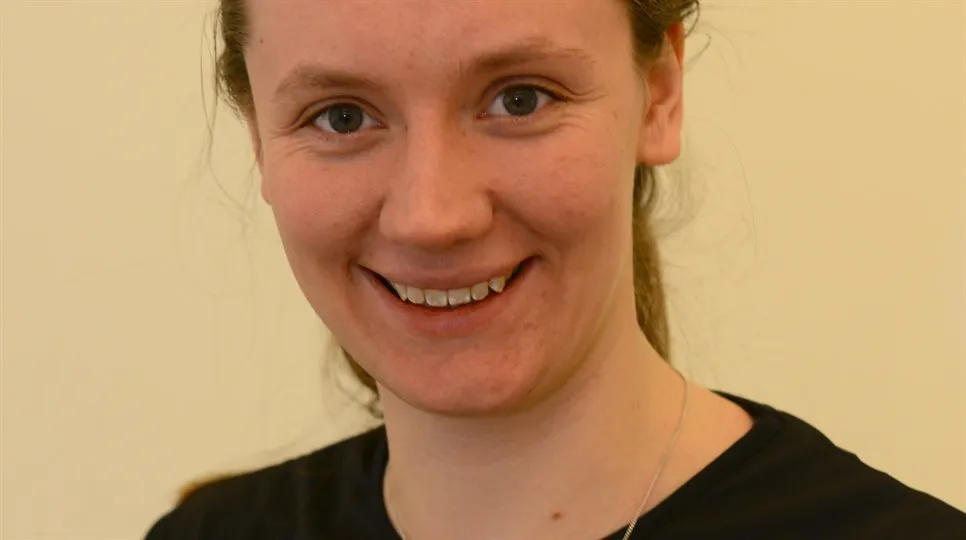Cross‑country skiing, immune function and recommendations for ‘good practice’
In this article, senior lecturer Helen Hanstock addresses how training affects the immune system and how common colds can be avoided.
Every athlete has been there. You are days away from your A race. You feel like you are in peak form. The hard training is over and you have a few days to ease off before the big day. Then, you start to feel a tickle in the back of your throat …
Common colds, or upper respiratory tract infections (URTIs), are a problem for cross-country skiers. On average, the elite cross-country skier will experience three URTIs per year, lasting from five days to over three weeks. Because heavy training weakens the immune system, skiers tend to be more susceptible to URTIs close to training camps, taper periods and competitions. It is therefore important to understand some of the biggest risk factors for URTI and what can be done to minimise risk of illness during these crucial times in the season.
Why do skiers get so many URTIs?
Unfortunately, the nature of cross-country skiing goes hand in hand with several risk factors for URTI. The competitive season takes place throughout the winter months when common colds are most prevalent. Long training sessions and competitions exceeding two hours in duration can leave the immune system temporarily compromised after just a single bout of exercise. The cold, dark Scandinavian winters pose another risk factor, since a lack of skin exposure to ultraviolet B radiation from the sun can lead to Vitamin D insufficiency, which is important for immune function in athletes.
The good news is that all athletes face the same challenges. However, it appears that the most successful athletes – those that win medals at major championships – get fewer illnesses compared to the athletes that finish behind them in the results list. This may be because their immune systems are better able to withstand heavy training, or because they are better at taking precautions to avoid URTI.
What can skiers do to prevent URTIs?
There are several, often simple strategies that athletes can use to help to minimise the impacts of their training and lifestyle on immune function:
- Ensure sufficient recovery after training sessions and competitions.
- Consuming 30-60g carbohydrate per hour during long training sessions limits the rise in stress hormones during exercise and may help to minimise post-exercise immunodepression.
- Sleep is important – athletes should ensure they get at least 7 hours per night.
- Taking a 25μg daily Vitamin D3 supplement during the winter months will help to provide athletes with sufficient Vitamin D3 for optimal immune function.
- Psychological stress can weaken the immune system, so using a questionnaire such as the REST-Q Sport could help coaches to monitor how an athlete is coping with their current training programme.
- Large fluctuations in training load are associated with more frequent illness in skiers, so aim for consistency with gradual increases in training load.
- Air travel is associated with a 5x increased risk of URTI, so travelling to competitions over land and in private vehicles may help to minimise this risk.
- Avoid contact with ill people and wash hands frequently to minimise transmission of viral and bacterial infections.
Is it OK to compete with a URTI?
In spite of taking all the necessary precautions, it is almost inevitable that every athlete will get sick from time to time. In this case, the best thing to do is to listen to your body. Using the ‘neck check’ can help to indicate whether it is ok to train – if symptoms are confined to above the neck (e.g. sore throat or a runny nose) and you feel OK, then you should be able to do a moderate workout. If the symptoms are below the neck (e.g. cough or a tight chest) then it is wise to rest until you are better. Be careful about ignoring these warning signs – a recent study of distance runners reported that runners who raced with below-the-neck symptoms had a 1.9 times higher chance of not finishing, and the chances are that you will not perform at your best. Finally, be aware of the risk of myocarditis – inflammation of the heart – that can occur in rare cases as a result of exercising with a viral infection. As a rule of thumb, resting up and waiting for a URTI to pass will speed recovery and have you back to normal training more quickly than pushing through to substandard performances whilst putting yourself at risk of more serious complications.
Recommended reading
Gleeson M (2015). Immunological aspects of sport nutrition. Immunol Cell Biol 94(2), 117-123.

